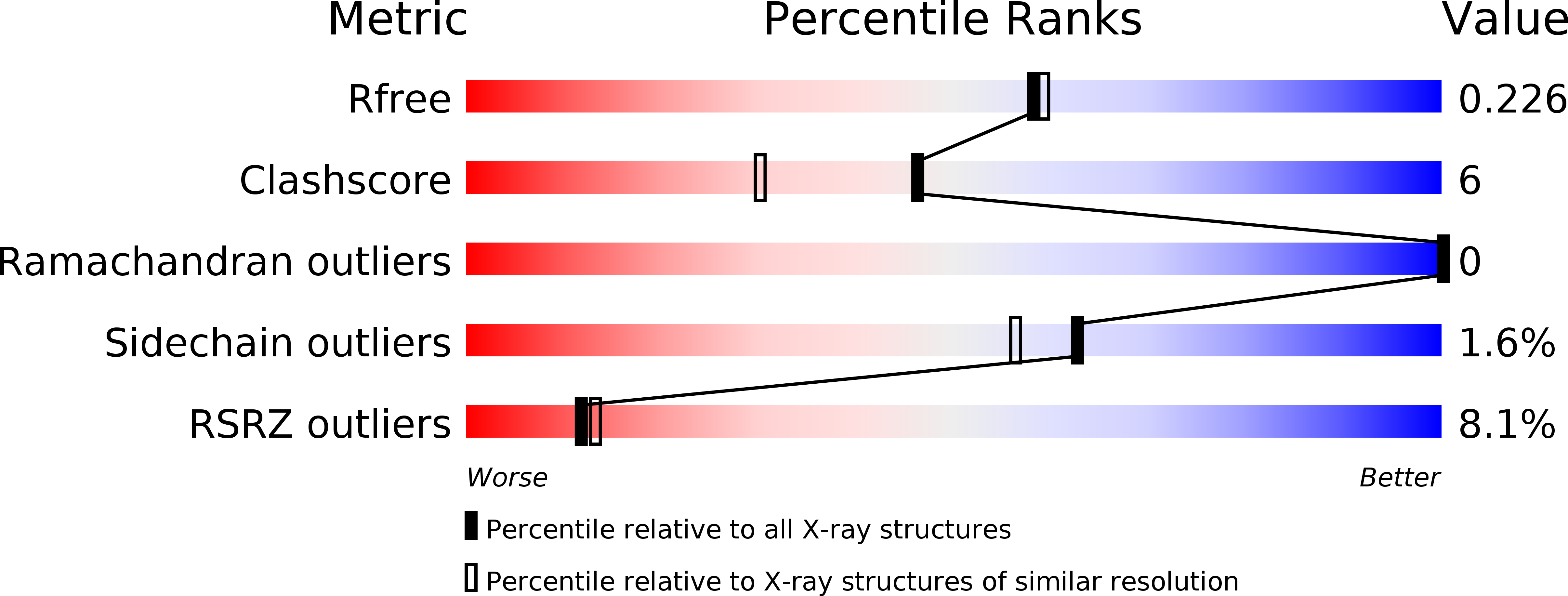
Deposition Date
2019-09-23
Release Date
2020-06-10
Last Version Date
2023-10-11
Entry Detail
PDB ID:
6UEZ
Keywords:
Title:
Human sterol 14a-demethylase (CYP51) in complex with the substrate lanosterol
Biological Source:
Source Organism:
Homo sapiens (Taxon ID: 9606)
Host Organism:
Method Details:
Experimental Method:
Resolution:
1.98 Å
R-Value Free:
0.22
R-Value Work:
0.19
R-Value Observed:
0.19
Space Group:
C 2 2 21


